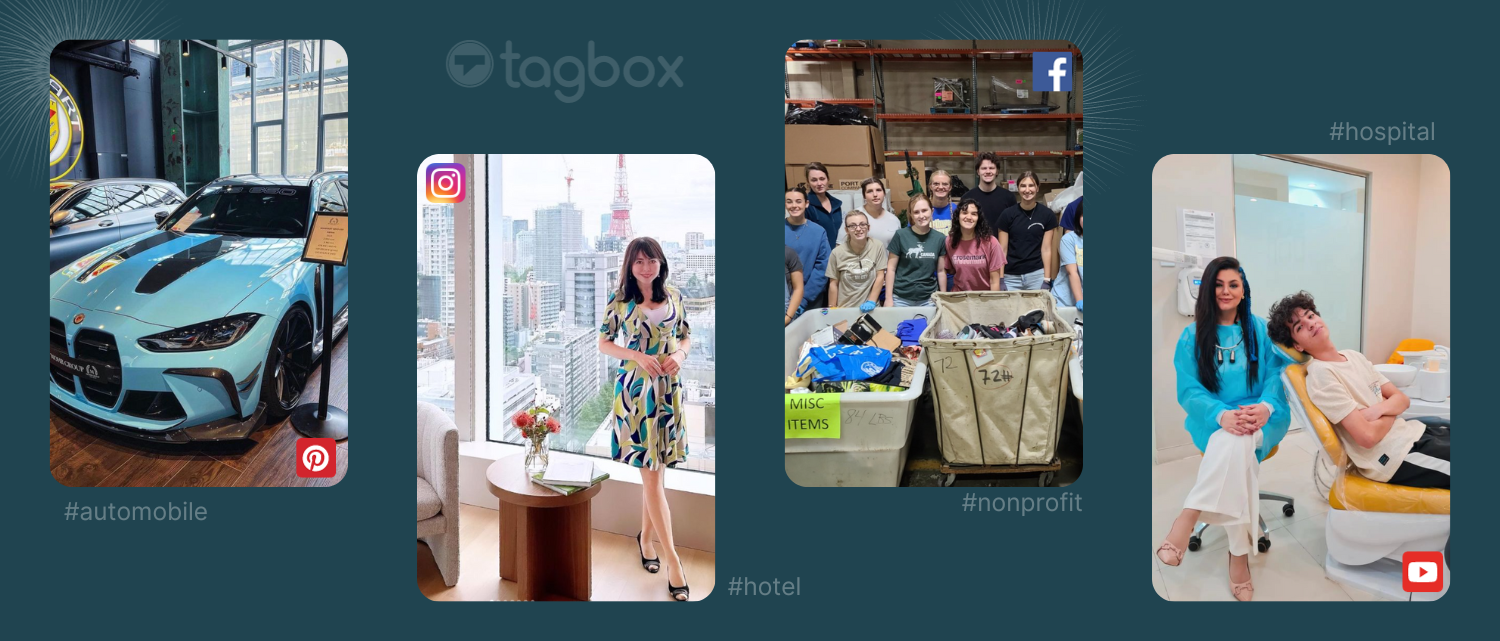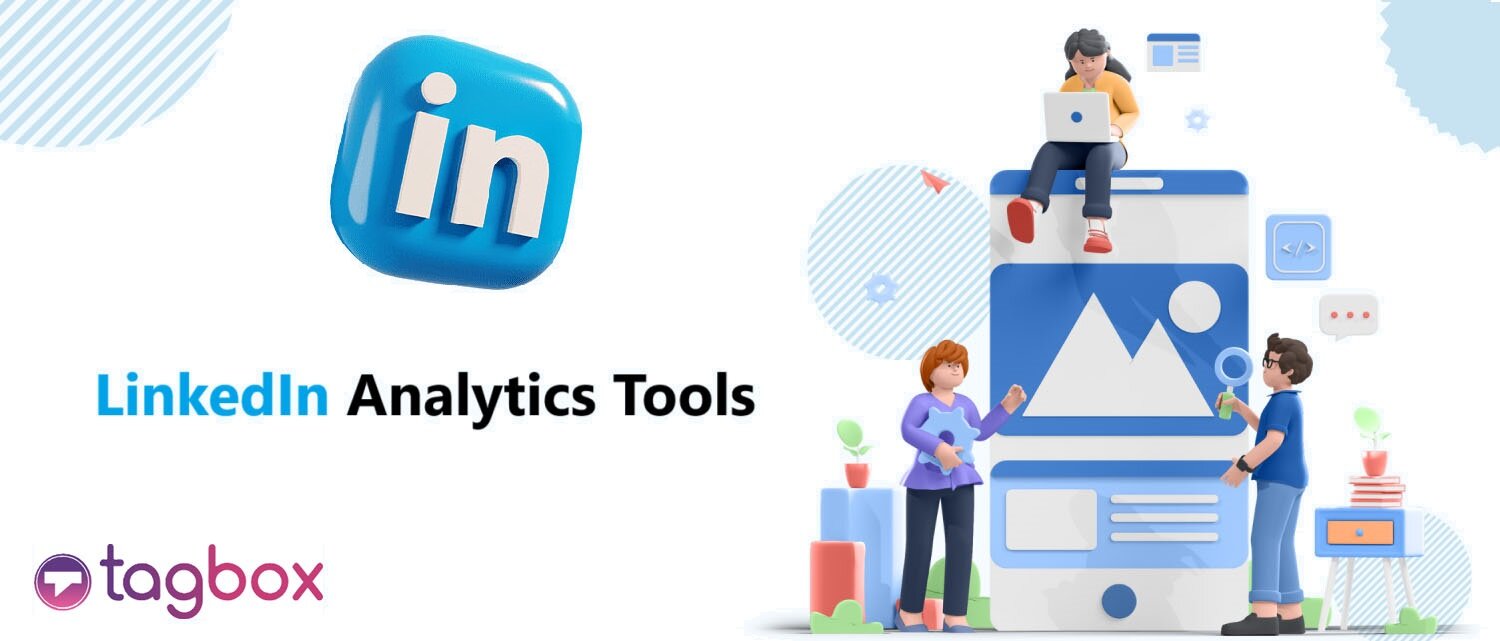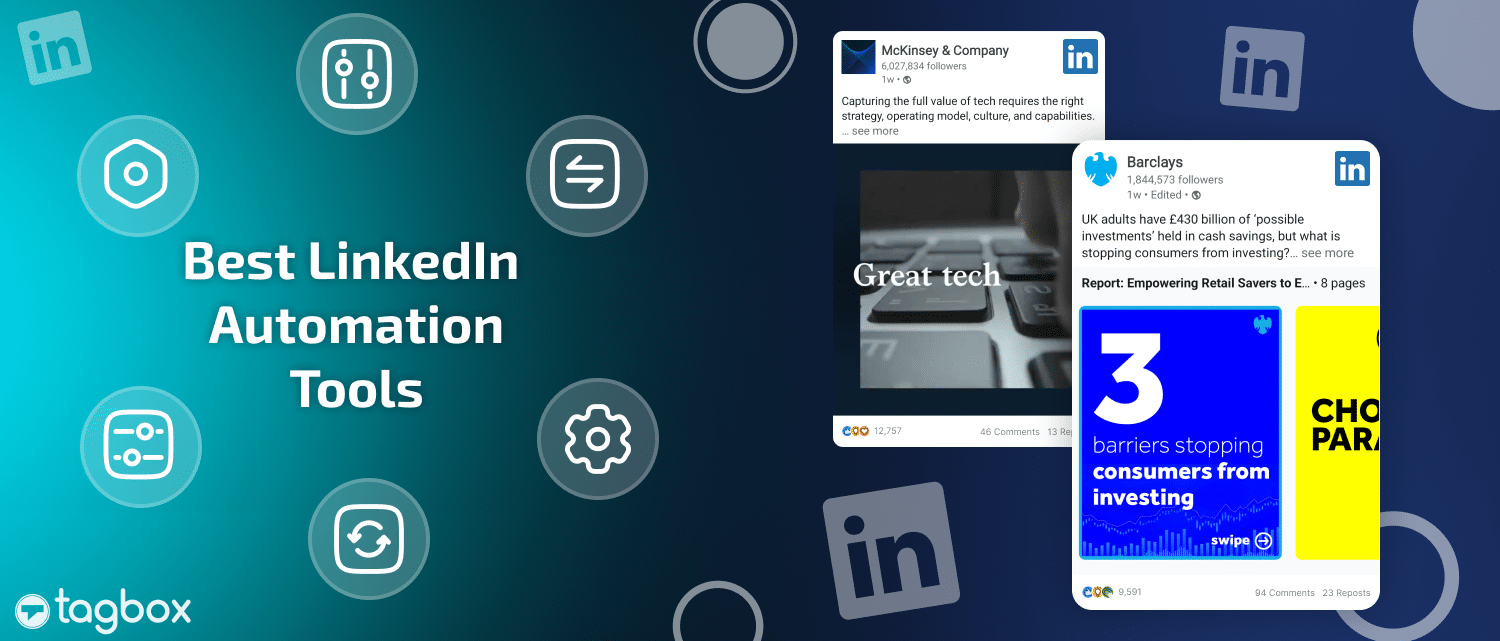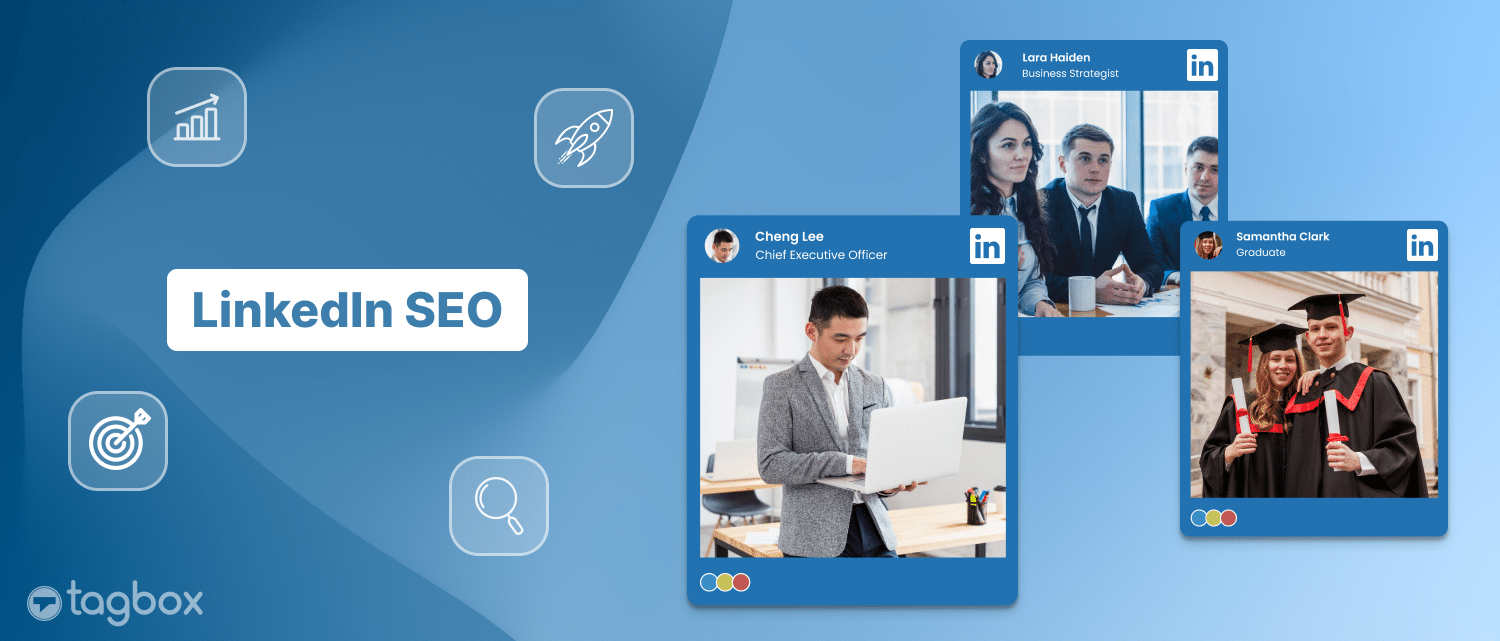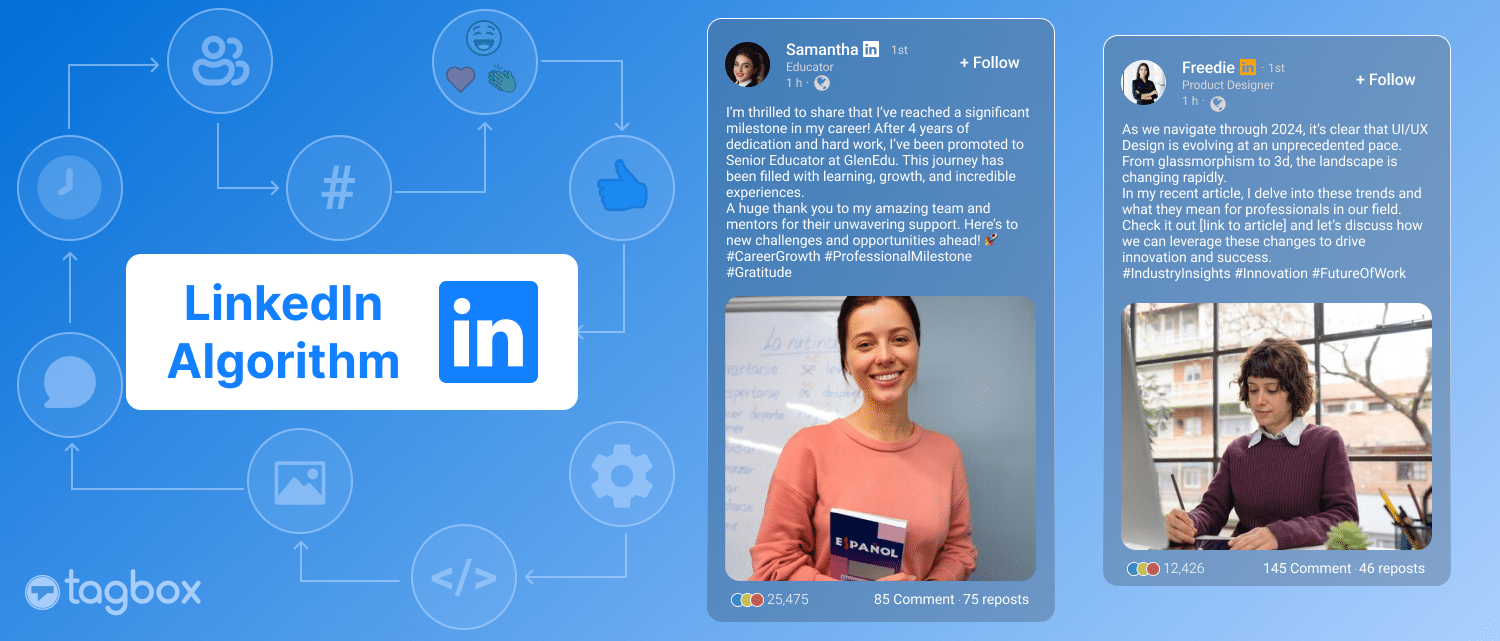How Different Industries Leverage UGC
No matter which industry you are from, UGC is the answer to all your questions. If you are new here, let me introduce you to user generated content (UGC). The term UGC covers the meaning of any content, including text, picture, video, or review, developed and distributed by people, not the brand.
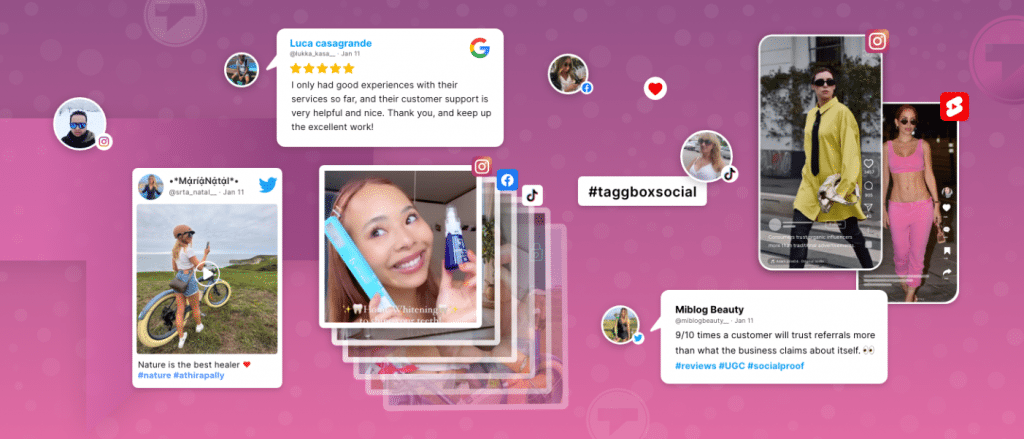
It comprises posts on social media, reviews of products, blogs, and many other contributions from consumers or users whose opinions, experiences, and perspectives about products and services are about.
The authenticity and impact of UGC are some of the most potent factors in influencing consumer behavior and crafting branded narratives in the internet era.
Why UGC Over Traditional Marketing for Your Brand?
While traditional marketing methods have been the backbone of advertising and promotion, they have several limitations that UGC addresses. We will discuss these limitations and why UGC presents a more genuine and captivating approach.
Limitations of Traditional Marketing:
Intrusiveness: Audiences are usually interrupted by such traditional ways of advertising as television or radio commercials. It is unpleasant and may cause consumers to disregard these ads subconsciously.
Limited Targeting: Most traditional marketing approaches need to provide more precision for specific demographic targeting. Most of the audience the advertiser will likely reach may not be interested in the advertised product or service.
Limited Interactivity: Traditional marketing is static and does not permit instantaneous interaction or input. Consumers need help to easily ask questions, get more information, or give instant feedback.
Difficulty in Adapting: Traditional marketing campaigns are complex to change after release because they are rigid. Changing the message may be expensive if the market conditions and consumer sentiments have changed.
Limited Reach: This type of marketing also has limitations because it may only cover some possible channels or geographical locations in the country. Such advertisements may need to be more effective for global or varied populations.
Expensive Production Costs: It is usually prohibitively expensive to produce and distribute traditional marketing materials like high-quality television advertisements or glossy print media, even for small businesses.
Ad Blindness: In the long run, people have learned to shut out or steer clear of old-fashioned advertising. This includes using ad-blockers, fast-forwarding past commercials, and not paying attention.
Now, Let’s Discuss How Ugc Addresses These Limitations:
Non-Intrusive: On the other hand, this content mainly comes from users who give it out freely on social media and other networks with very little interference. They engage with it because they want to, not because it disrupts online activity.
Targeted and Personalized: Usually, UGC results from consumers’ experience of the products or their preferences for those particular items. It’s for those who create it or use it.
Real-Time Interaction: UGC builds real-time connections among consumers with brands. Engagement is fostered through asking questions, sharing stories, and giving immediate feedback to users on the same platform.
Adaptability: UGC is easy to adapt and tailor to match the constantly evolving market climate and the consumer’s outlooks. Consumer demands constantly change, leading brands to respond quickly to them.
Global Reach: UGC can go viral to a global audience when posted online. It is liberated from these boundaries of geography or channels, giving the brand a chance to talk to various people of different kinds.
Cost-Effective: The brand usually pays its users less than what they create UGC free of charge. This leads to cutting down the production and distribution costs, thus reducing the overall expenditure on advertising.
Resistant to Ad Blindness: Sometimes, UGC differs because it is a natural production of everyday people. Users seeking genuine content and referrals will find it harder to ignore or block it.
By addressing these limitations, UGC offers a more flexible, cost-effective, and audience-focused alternative to traditional marketing methods, providing authentic and engaging interactions that resonate with modern consumers.
How Different Industries Leverage UGC
UGC Inspiration for the Travel Industry
In the travel biz, User Generated Content (UGC) is rewriting the rulebook of engagement. This phenomenon has been admitted by no less than 82% of consumers who claim that UGC creators them dramatically when making choice decisions.
In this case, one good illustration is the tale of a small Netherlands island, Schiermonnikoog, that managed to enhance its tourism through UGC. A peaceful and calm island called ‘the Hidden Jewel’ invites visitors to post about this place using hashtags: ‘#natuurlijkopschier, #schierganger, and #schierstruinen.’
Their website displays traveler-contributed UGC powered by Tagbox, thus offering a glimpse of the island’s natural features and activities.
The case study of Schiermonnikoog demonstrates that UGC has the power to change perception towards a destination and connect it with potential customers.
UGC for the Hospitality Industry
In the ever-changing world of the hospitality industry, in which competition abounds, User Generated Content (UGC) stands out.
It is worth noting that UGC is 35% more memorable than other forms of online content and, therefore, an essential element in constructing brand recollection and assurance.
One compelling example of use can be found in the luxury hospitality sector, where The Leela case study has demonstrated an innovative approach. By embracing the #ExploreWithTheLeela hashtag and location-specific hashtags across their 12 properties in major cities like Bangalore, Jaipur, Delhi, and Mumbai.
Leela has successfully created an online presence with an engaged customer base. Tagbox has enabled them to give power to their visitors by making them content creators who share, for example, their experience, which is reflected in user-generated content on their website.
This approach transforms guests into ambassadors and adds an authentic touch to their accommodations and amenities, leaving a lasting impression in the minds of prospective visitors.
The statistics about UGC are clear: it is more memorable and a powerful asset for the hospitality industry’s online presence.
UGC Inspiration for the CPG/FMCG Industry
The Consumer Packaged Goods (CPG) and Fast-Moving Consumer Goods (FMCG) sector has acknowledged the potential of User Generated Content (UGC) as a driving force for brand engagement.
With 91% of consumers venting their inclination to shop with brands that offer relevant offers and recommendations, the impact is absolute.
Brands within the CPG industry employ UGC to provide consumers with practical ideas and inspiration on utilizing their products sufficiently.
For instance, Nestle’s promotion of Maggi noodles through User Generated Content (UGC) provides a great insight into customer engagement and versatile utilization. Maggi lovers are asked to provide their recipes under specific hashtags, such as #MaggiLovers.
These posts are brought together by Nestlé, thus creating a brand community of Maggi lovers that continue to inspire everyone else creatively. The authenticity of this strategy is evident since it points out that the product can be used in different recipes, encouraging potential customers to make those recipes.
That’s a win-win: the customer feels like they have a closer relationship with the brand (brand personification), and Nestlé gets creative use of product promotion.
UGC for the Food and Beverage Industry
The role of UGC in the Food and Beverage industry is indisputable. Studies show that 92 percent of customers constantly analyze restaurant reviews when visiting there. This emphasizes the importance of UGC’s influence on dining decisions and consumer tastes.
This trend has seen restaurants, cafes, and eateries pushing their patrons to share their impressions, comments, and pictures on various platforms like Yelp, Google Reviews, Instagram, etc.
By adopting UGC, these establishments offer potential diners an authentic and unfiltered glimpse into their culinary offerings, ambiance, and overall dining experience.
UGC has become essential for building trust, drawing customers, and influencing their decision-making process within the F&B industry.
In this regard, UGC offers a vital component for success in this field, as many people consider reviews, pictures, and recommendations from fellow customers rather than classic advertisements.
UGC for the Fashion & Beauty Industry
Now, on to the fashion beauty industry that bleeds glamour. Here, user-generated content has emerged as a mighty powerful force.
According to a statistic, it is revealed that 41% of women in the UK view these videos, pointing out the prevalence of visuals in the industry.
This being said, major beauty brands have leveraged user-created content to have their loyal customers act as creators, sharing how they apply makeup tutorials and style with the brand’s products.
This interactive approach empowers customers to exhibit their creative side and use the beauty products they have been introduced to. By sharing their techniques and looks, customers become brand advocates and serve as a source of inspiration for others.
UGC has transformed both the fashion and the beauty industry by ensuring that the brands can relate to their audiences personally and utilize visual storytelling to its full potential.
UGC in the Health Industry
UGC is influential in healthcare as it helps to build trust between patients and providers and enhances treatment results.
According to a statistic, 54% of patients feel very comfortable with their medical practitioners looking up health information on Internet forums to appropriately improve their treatment of different diseases.
As a facilitating tool, different health organizations and providers have adopted UGC in practice to enhance this patient–provider collaboration.
One typical illustration involves convincing individuals to divulge their stories of success or experience. In that regard, they achieve multiple goals, such as informing others with similar problems while at the same time offering inspiration and hope.
These patient records often serve as a source of encouragement, fostering a sense of community and understanding among patients.
Utilization of UGC serves as a means by which patients are involved in healthcare decisions and feel heard and appreciated. The impact of UGC on patient outcomes, building up trust between patients and healthcare professionals, as well as the collaborative model of wellness and rehabilitation, is demonstrated by this case.
56% of Hospitals are already using it

User-Generated Content for the Event Industry
Through embracing user-generated content (UGC), there has been an increasing tendency for the event industry to develop immersive experiences.
A statistic shows that 58% of event marketers use social media to market events before, during, and after events.
UGC in event marketing can be used in different forms, such as social posts, short-form videos, or reviews.
In the Event Industry, UGC can be Utilized in Three Stages:
- UGC is used before an event happens to cause enthusiasm and anticipation. Those who attend take up the mood and make public disclosures regarding their activities and eagerness for even more in the field, spreading the word more and inviting further participation.
- However, throughout the event, UGC acts as a live link between attendees, letting them comment, express their thoughts, and post pictures of what they experience. In addition, this enhances the storytelling of an event while creating a participatory environment.
- UGC remains significant after the event. 67% of organizer highlights attendee content with their experience and POC. It ensures that the life span of the event becomes a source of memories and content for subsequent marketing strategies.
Ultimately, UGC is now an integral part of event marketing, helping to foster a vibrant and participatory atmosphere at an event. This increases participation in the event, improves outreach, and provides a more captivating story.
For Non-Profit Organizations
Non-profit organizations play a crucial role in addressing global issues, and User Generated Content (UGC) has become a powerful tool for furthering their missions.
A stat shows that social media brings in about 57% of traffic to a fundraising page and why engagement through this means is crucial for charity.
UGC has become a crucial tool that non-profits rely on to demonstrate the actual results of their efforts and attract donors and volunteers. The fantastic action of Oxfam illustrates this.
One of the UK’s non-profit organizations, “OXFAM,” had its ‘Second-Hand Style’ charity project showcased at the London Fashion Week. Moreover, they donated all the proceeds from the famous fashion event they hosted during that period to raise money for victims of the deadly Turkey-Syria quake.
In partnership with Tagbox, Oxfam came up with a social wall that was quite engaging, and it used event-specific hashtags like #FashionFightingPoverty23 & #FoundInOxfam. This social wall helped engage an event while promoting a campaign on Turkey-Syria earthquake disaster relief and an appeal for donations.
Such a successful attempt highlights how such a model can transform nonprofit organizations. Through UGC, these organizations can communicate their worthy goals to a worldwide audience in an engaging manner that inspires people to act.
Their storytelling relies on making UGC an integral part, enabling them to engage with supporters and develop a loyal community driven by the desire to create change.
UGC for the Automobile Industry
The automobile industry recognizes User Generated Content’s (UGC) power in reaching the tech-savvy younger generation.
Interestingly, 49% of people in the 18-29 age group purchased something after viewing a social media advertisement. Automobile businesses have effectively utilized the power of UCG by posting pictures of customers along with their newly acquired cars.
One great example is the famous two-wheeler maker Royal Enfield, whose annual Rider Mania in November 2022 was highly successful, partly because of different event locations hosting Tagbox Display Social Walls. The social walls helped to generate greater audience participation throughout the event and keep the ongoing hashtag trend going for the Royal Enfield brand – #IntoTheMotoverse.
Arun Sharma, Deputy Manager at Royal Enfield, shared his thoughts on Taggbox Display: We had a social wall to enhance in-event engagement and encourage more people to use our Instagram hashtag #intothemotoverse. We used the Tagbox display as an efficient option to highlight all the uploaded content.
Royal Enfield organizes an annual event nicknamed Rider Mania, which provides bike owners and fans of motorsport, racing, and music three days full of motorsport activities. An exclusive Instagram wall was installed, which included fascinating content like photos and videos to generate the participants’ interest, stimulate their participation, and support their participation in the Motoverse.
The outcome was commendable, with over eight thousand posts bearing the event’s hashtags, such as over twenty-three hundred UGC videos and six hundred and thirty Images. Using a social wall worked well to encourage participation by people, and they shared whatever with a hashtag.
This case is an example wherein UGC leads to increased event engagement and how UGC marketing strategies work in the car business. Using UGC and social walls by firms such as Royal Enfield assists them in interacting with their customers, motivating engagement, and building a common identity among their supporters.
UGC for Education Industries
In education, User Generated Content (UGC) plays a crucial role in shaping prospective students’ decisions.
One significant observation is that 58% of prospective learners visit social media spaces in an attempt to understand the institutions they want to pursue.
Educational institutions use UGC to display their students’ and alumni’s vibrant learning environment, academic prowess, and successful careers.
This depiction of UGC, in practice, gives an accurate picture of life inside the institution and how this can impact the education and development of its students. Educational establishments build trust by showcasing the success stories of present students and alumni and helping the potential target population with information about what is expected in education.
How to Leverage UGC for Your Brand?
UGC offers an attractive option for marketers who leverage it as an asset. Here’s a three-step guide on effectively leveraging UGC:
1. Starting with a Campaign or Using Existing:
Identify Your Goals: Decide what you want to accomplish with UGC. Goals may be particular about raising brand recognition, making sales, and improving customer loyalty.
Curate Existing UGC: Search for any pre-existing UGC on the internet and locate what is relevant. Find pictures, video clips, and user feedback to match your trademark. Obtain permission and give credit to the owner.
UGC Campaigns: The developers can create unique campaigns and contests that require users to contribute materials. For instance, ask clients for details involving their experience with a specific hashtag related to the company. Make sure that your campaigns promote interactivity and are user-oriented.
2. Encouraging Users to Submit UGC:
Incentivize Participation: Provide incentives for making or rewards on sharing UGC. It could be done by giving discounts, exclusivity, or just appreciation.
Provide Clear Guidelines: Ensure users can interpret a query about user-generated content. Ensure the content is within your brand by providing instructions with examples.
Engage and Respond: Interact with your audience. Discuss with their UGC, appreciate the participation, and show gratitude. This, in turn, will encourage more users to engage.
3. Utilizing UGC in Omnichannel Marketing:
Embed on Your Website: Illustrate the concept of social proof and gain credibility. They include user reviews, product images, and testimonials, among others. You can include UGC on your website by installing widgets and plugins.
Display in Physical Stores: You may also wish to display UGC if you have a physical store. It also goes a long way in making it feel natural for prospective clients.
Incorporate UGC in Emails: Engage subscribers using UGC in your email marketing. Make your emails more effective by sharing user stories, testimonials, and graphical UGC content.
Use UGC in Social Media Ads: Leverage user-generated content in your ads. UGC performs very well regarding ads because it is perceived as valid and relevant. Post the UGC material on the listed platforms.
The above-discussed strategies will help you develop a successful UGC campaign that links directly to the audience, builds customer confidence, and provides an avenue for spreading your brand’s marketing message beyond its boundaries. As a result, your customers become your ambassadors and help make your brand successful.
Schedule a Demo Now!

Let’s Sum It Up
To sum up, UGC is an indispensable weapon, which contemporary marketing strategies in different fields should not do without. Here are the key takeaways from our exploration of how different industries leverage UGC:
What is User Generated Content (UGC)?: This constitutes content created and shared among persons, notwithstanding their texts, pictures, videos, or reviews. It expresses the consumer’s honest statements, facts, and views.
Why UGC Over Traditional Marketing?: Compared to conventional marketing, UGC is influential as it can overcome the challenges of one-way communication, low authenticity, high costs, little credibility, and difficulties in gauging impact.
How UGC Provides Authenticity and Engagement?: Authenticity, interaction, cheapness, believability, and social evidence, as well as measurability of effect, are features of UGC.
Leveraging UGC for Your Brand: Providing a three-step guide for successfully applying UGC by starting a campaign or using existing content, encouraging users to contribute to UGC, and employing it in omnichannel marketing.
UGC is a more credible and compelling alternative that benefits from the authentic nature and influence inherent in social proof.
This helps a business to be trusted, have deep connections with its market, and create positive feedback for its outcome. Peer influences are essential in this world where consumers put great value on them, and therefore, UGC is one critical asset every brand needs nowadays.
